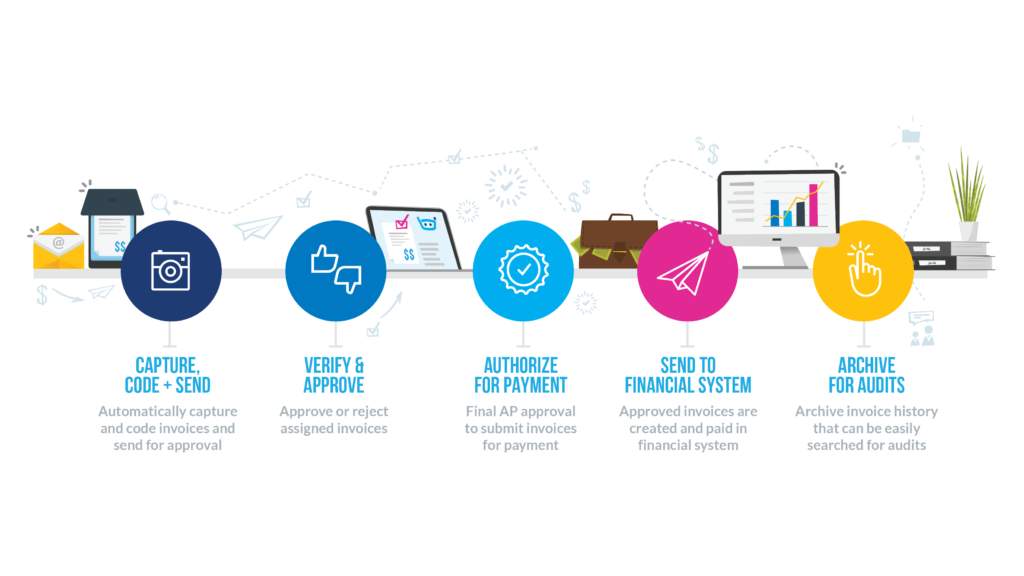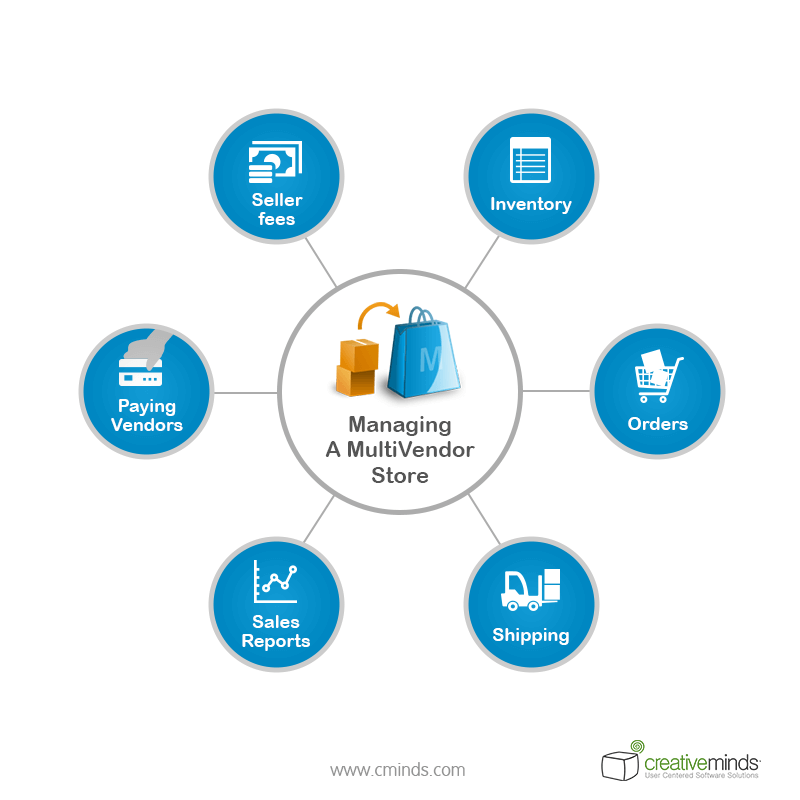

They must review Sentara’s orientation packet for vendors, sign the IDN’s “Code of Business Conduct” for vendors, and affirm that they are familiar with and will respect patient privacy and confidentiality per the Health Insurance Portability and Accountability Act, or HIPAA. Sales reps who call on non-patient-care areas face fewer requirements than the other two. But if the rep loses his badge, he must pay $50 for a replacement. Those who call on the OR, cardiac lab, emergency department or outpatient surgery.Īll reps must wear color-coded badges, which denote the category into which he or she falls.Those who call on patient-care areas, excluding the OR, cardiac lab, emergency department or outpatient surgery.(This category includes pharmaceutical reps, service technicians and med/surg distributor sales reps) Those who call on non-patient-care areas.After a review of the forms by the materials management nursing staff, each rep is classified into one of three categories:

Not only must reps provide their “vital stats” (e.g., name, address, company, title, phone, etc.), but they must identify their product line(s), qualifications and training, and (in some cases) confidential information about immunizations and vaccinations. Reps who want to call on Sentara facilities must fill out a vendor profile record with the IDN’s materials management office. Making sure that reps remain qualified from year-to-year.Monitoring their whereabouts on an ongoing basis.Initially qualifying and screening sales representatives who call on Sentara facilities.With seven campuses and a number of inpatient and outpatient facilities spanning a 70-mile radius in southeastern Virginia and northeastern North Carolina, Manley set about developing a comprehensive, multifaceted vendor-access policy.

“We wanted to establish a process that would ensure the safety of both.” “Not only were we concerned about what vendors were exposing our patients to, but what the patients were exposing the vendors to,” he says. Not only did this compromise Sentara’s efforts to control non-labor spending, but it also threatened the IDN’s mission to provide a safe environment for its workers, patients and vendors themselves. “We realized we didn’t have a good way of identifying who was in our hospitals and where they were located,” says Manley. Three years ago, Sentara Vice President of Materials Management Carl Manley recognized that Sentara needed to take steps to provide much-needed balance to its relationships with vendors. Just as good fences make for good neighbors, so too can well-thought-out (and well-communicated) vendor-access policies make for good provider/vendor relationships. But Journal of Healthcare Contracting readers know that vendors can also complicate an IDN’s standardization efforts, encourage unauthorized purchases and even impede clinicians and healthcare workers as they go about the business of providing patient care.
#MONEYWELL MANAGEMENT PAYS VENDORS HOW TO#
They facilitate product conversions and train providers on how to operate new medical devices and equipment. They provide demo equipment and loaner instrument sets. IDN contracting and materials professionals understand that vendors keep clinicians and materials management personnel abreast of new technologies.

Not surprisingly, hospital systems that spend somewhere between $400 and $500 million a year – such as Sentara Healthcare, Norfolk, Va. Hospitals attract patients, clinicians … and vendors. How IDN Sentara Healthcare manages vendor access.


 0 kommentar(er)
0 kommentar(er)
